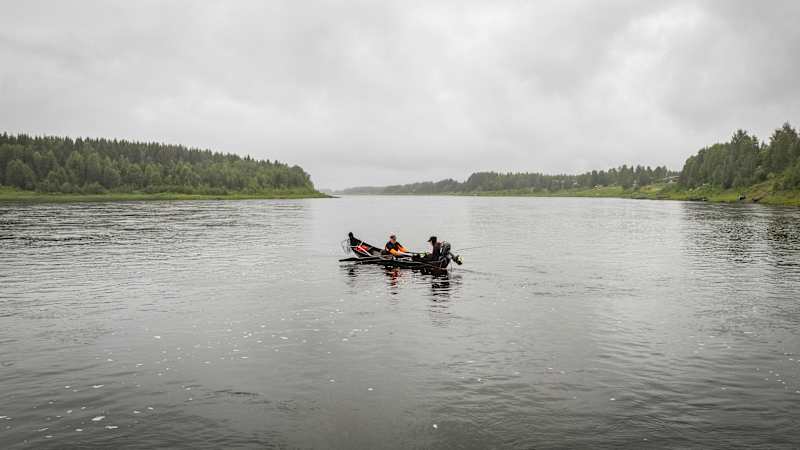Is the reason for the collapse in pink salmon numbers down to diet? Could be the cause of the 2023 collapse, says expert

The high-fat fish diet eaten by salmon during their first year of migration in the Baltic Sea can reduce their survival and the number of salmon returning to spawn.
According to a study by the Natural Resources Institute Finland, the decline in the number of spawning salmon in the Tornionjoki and Simojoki rivers may be linked to the excessively fatty fish they eat, especially sprat. Small herring are better food for young salmon than sprat. Sprat is too high in fat relative to protein for juvenile salmon growth.
A diet too high in fat causes thiamine deficiency and reduces the growth and survival of juvenile salmon. Some juvenile salmon die in the sea due to excessively fatty food.
– The year class of herring hatched in 2021 was exceptionally small and the number of sprat relative to the number of age-0 herring was the highest in the study period. This could cause a collapse in the number of sockeye salmon in 2023, says Keinänen.
According to Keinänen, young salmon have survived in the ocean in very years when there has been plenty of 0-year-old herring in the main pool of the Baltic Sea, and a little younger killer in previous years.
Sprat makes up a large proportion of the main basin in the Baltic Sea
\”It is important that there is enough small herring in the southern Baltic Sea to survive young salmon as rising salmon,\” says Pönni.
*Edit. 19.3.25 at 3:46 pm Removed Jo-Sana from Fourth sentence*
